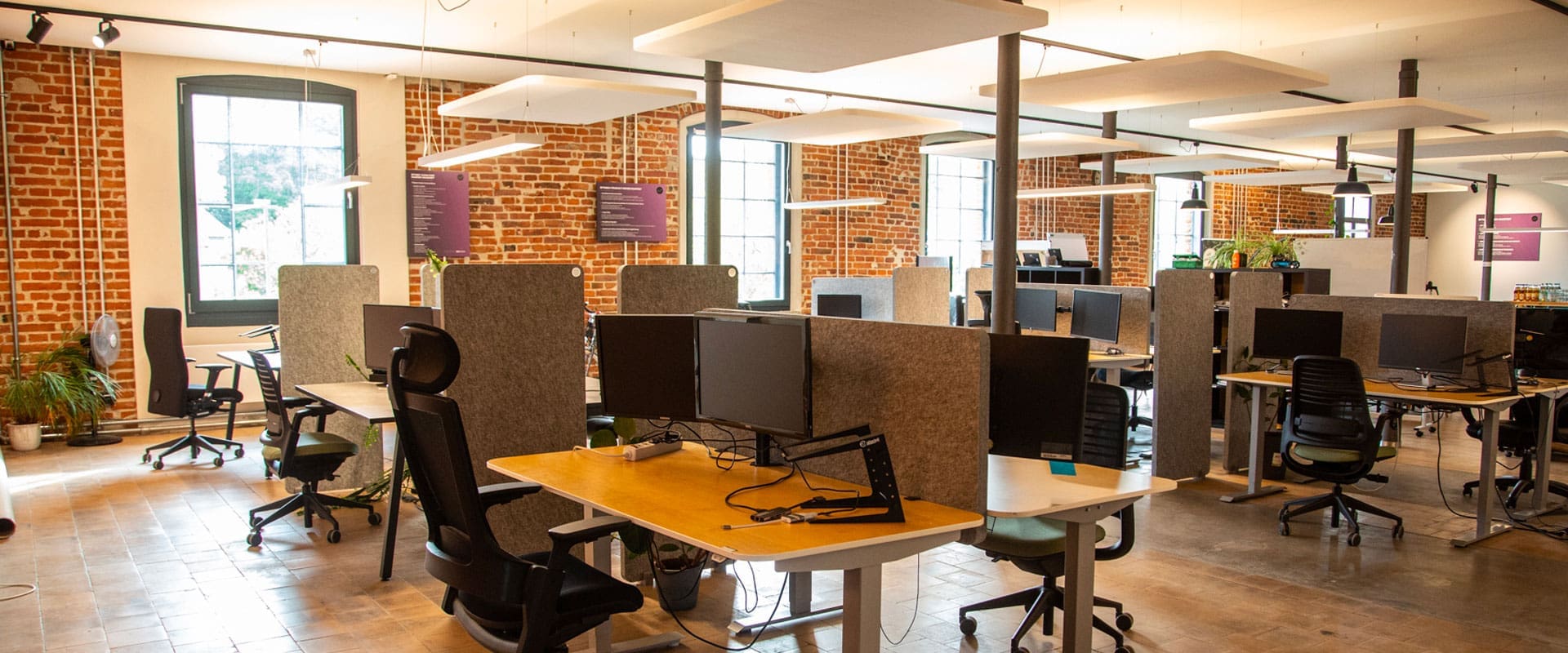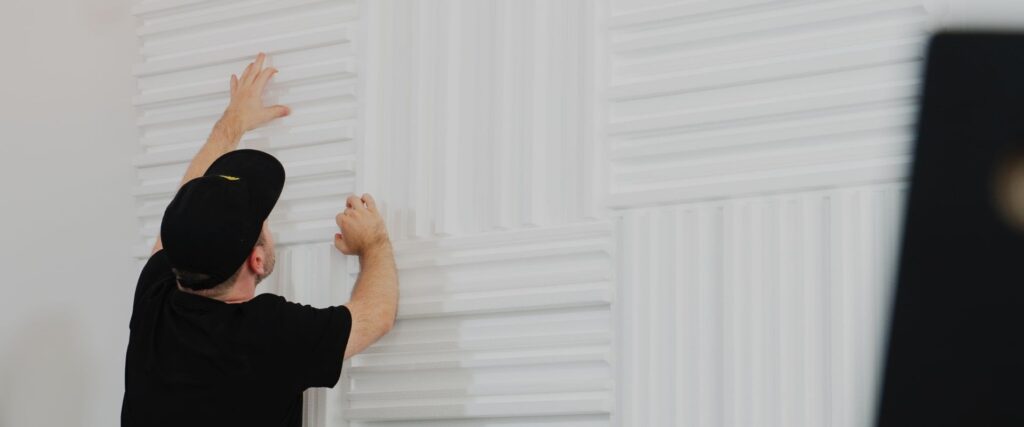
GREAT ACOUSTICS IN THE OFFICE
Why are acoustics so important in the office?
Some office work is carried out in single-person offices or at home. However, many workplaces are located in group or open-plan offices. While this facilitates communication between employees, it can also become a nuisance. Noise is the most frequently mentioned disruptive factor among office workers. Excessive noise levels can adversely affect concentration, efficiency, and health.
What may seem like a contradiction, can add up to a positive effect: Acoustic treatment in the office can help to create a balance between effortless communication and undisturbed, stress-free, and efficient working conditions. Nobody is interested in employees who don’t feel good.
While acoustics is a complex field, some terms and relationships that apply to office acoustics are easy to understand.
Reverberation Time
The reverberation time is the most important parameter for measuring the acoustic quality of a room. If the reverberation time is too long, the noise level increases and the voice intelligibility decreases. If it is too short, the voice intelligibility increases throughout the entire room. A very short reverberation time is ideal for conference rooms, but less desirable for open-plan offices because it means that conversations at other desks will be heard clearly.
Lombard-Effect
While the term “Lombard Effect” is not as well-known, everybody has experienced it. When the level of background noise is high, people tend to speak louder, in order to be understood clearly. If several people are talking at the same time, this can build up and result in an even higher noise level. When this occurs continuously in an office over the course of the whole workday, that’s a huge problem.
Cocktail Party Effect
The cocktail party effect describes the ability of the human hearing to focus on a single sound source when several sound sources are present. Background noise and irrelevant acoustic information are suppressed. While it is effective, it means that the brain has to work hard – and continuous stress has an adverse effect on efficiency.

More like this
You need to load content from reCAPTCHA to submit the form. Please note that doing so will share data with third-party providers.
More InformationYou are currently viewing a placeholder content from Turnstile. To access the actual content, click the button below. Please note that doing so will share data with third-party providers.
More InformationYou are currently viewing a placeholder content from Instagram. To access the actual content, click the button below. Please note that doing so will share data with third-party providers.
More InformationYou are currently viewing a placeholder content from Instagram. To access the actual content, click the button below. Please note that doing so will share data with third-party providers.
More Information



